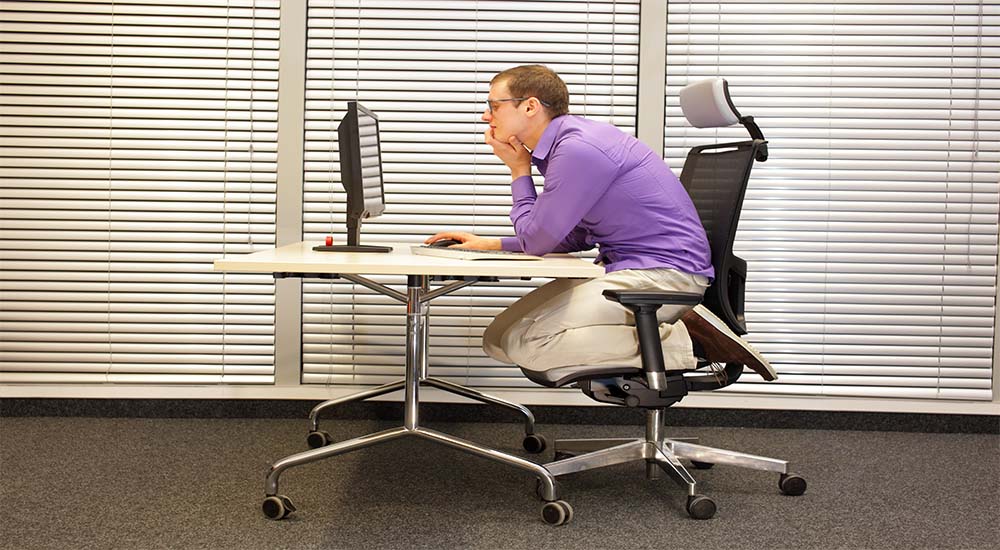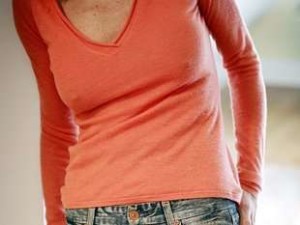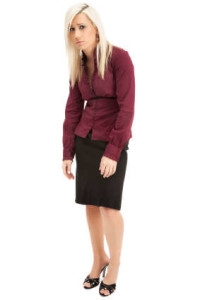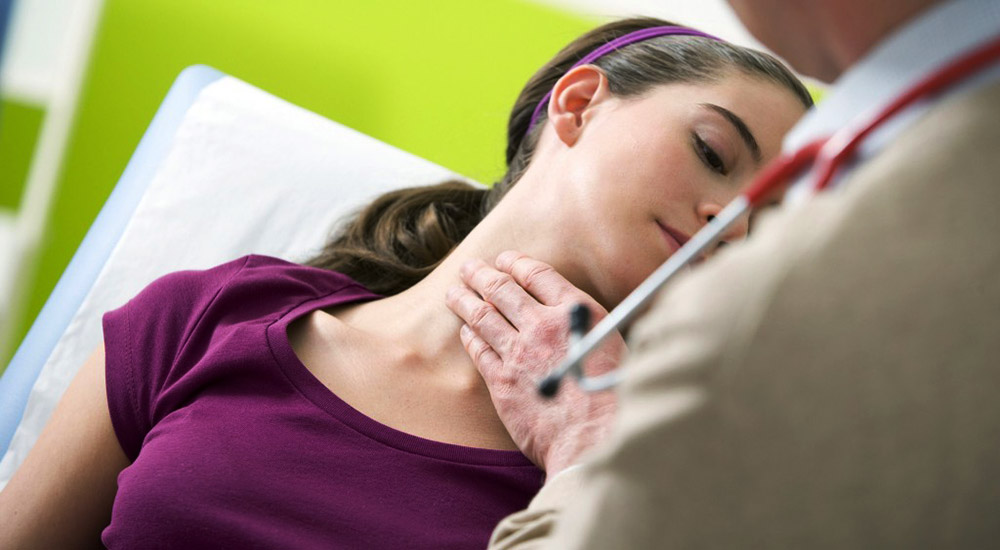Do You Slouch? Physical Therapy Can Help!

Slouching is Common, but…

At our clinic, we love children and encourage parents to bring them whenever possible. These particular children ranged in age from 6 to 13 years and were very well behaved while enjoying their iPad, iPhone, and books.
As a physical therapist, I am trained to observe and what I saw was that all of the children slouched so much that their heads were almost at the level of their chest. This can indicate certain underlying problems, so as an experiment I asked them gently to sit up a little straighter.
Interestingly, the younger ones were able to maintain the posture for 10 minutes while the older one complained of mid-back pain immediately upon sitting up straight. I believe, in this day of computers and video games, slouching has become pretty much an epidemic.
As a matter of fact, most people are slouched whether they are sitting, standing, or walking. I see the “question mark” posture on a daily basis everywhere I look. And most individuals are completely unaware of it or don’t realize that it’s a problem.
Slouching is Not Normal and It Creates Long Term Damage
Here is the truth about slouching:
1. It is a direct correlation to how strong or weak, the spinal or core muscles are. It also indicates whether these muscles are capable of holding the spine in proper alignment. When I say ‘spinal muscles’ I am referring to the muscles lining the spine in the front, back, to the sides, and also in-between. These are major postural stabilizers.
2. Slouching is also related to stiffness and misalignment of the bones of the spine.
3. Inactivity or poor function of a part of the body can also lead to slouching. This is more prevalent in individuals who work in sitting professions e.g. computer professionals, students, etc.
4. In some cases, young girls or boys learn to slouch early on with the advent of puberty because they are embarrassed by their height or development.
Nevertheless, slouching is detrimental. The mid-back learns very quickly to adapt to the bent posture and the muscles in that region shorten.
Once this occurs, the bones and joints in that region tend to get rigid in the bent position resisting any attempt to move or straighten them. In fact, people feel soreness and pain on trying to sit straight. Chronic slouching leads to poor breathing capacity because the rib cage has a smaller area in which to expand.
It is very rare for people who slouch to sustain well on long hikes or endurance-based activities. And as one gets older the mid-back spinal bones tend to start collapsing on top of each other, leading to potential nerve damage and arthritis.
What’s the Solution?
Now, how do we stop this and start inculcating a good habit of sitting straight? It actually needs to be started right at infancy.
Young infants should be encouraged to play on their tummy for long periods. Crawling, not only within small distances but also down long hallways should be encouraged for infants. As they grow older, pull-ups, bar hangs, single leg hopping, and jump rope activities should be emphasized. Good study habits with a proper table and chair are very important.
Too often children do their homework or studying sitting at the kitchen counter, coffee table, couch, or bed because it is comfortable. That is not ideal and should be discouraged for long term health. If slouching persists through adulthood, simple changes as mentioned above may not be enough to treat the problem.
One must consult a physical therapist to get a comprehensive evaluation and understanding of all the possible physical impairments associated with adulthood slouching. X-rays and bone density testing may be requested by the physician to rule out any bone damage.
In some patients, traditional physical therapy management with manual therapy and focused exercises may be all that is needed to treat the problem. Other patients might require a more advanced approach with extensive core training, biofeedback training, and traction, in addition to manual work in order to achieve success.
At our physical therapy clinic at Root Cause, we employ the PneuBack chair (a unique exercise machine using pneumatic pressure for a series of back extension exercises) that works wonders with slouching and other postural dysfunction. We plot the patient’s spinal curve on a graph and use the coordinates to customize an exercise session for the patient. It’s painless and highly effective.
Slouching has practically become an epidemic but we can cause a change with education and good physical therapy treatment. It goes far beyond appearance, slouching actually creates physical problems. If you or someone you know slouches, feel free to contact me for free health analysis.
Do you need help with your health?
We have the diagnostic and testing tools, the clinical experience, and a different medical approach to discovering the root cause of why you have the symptoms that are bothering you. As long as you are ready to make some dietary and lifestyle changes, we can help you. We will "hold your hand" through the changes, step by step, to make each step an easy one. We are located in Clearwater, FL, at 1000 S Ft Harrison, at the corner of Ft. Harrison Ave. and Magnolia St. There is plenty of parking space directly accessible from Ft Harrison. If it is not convenient for you to come to Root Cause Medical Clinic, we offer telehealth/telemedicine consultations to residents of certain states. Call us for details.
Contact us for a Consultation – Call 727-335-0400
Ask a Doctor
Have a health concern you'd like to speak with a doctor about? Or just want clarity on a subject? Ask Us!
Featured Articles
Popular Stories

Dr. Rupa Chakravarty DPT, OCS
Director of Physical Therapy at Root Cause Medical
Doctor of Physical Therapy, Orthopedic Certified Specialist
Dr. Chakravarty has numerous certifications for different techniques in Physical Therapy practice. She employs an extensive array of manual as well as exercise techniques to manage her patients’ symptoms during their course of therapy.



